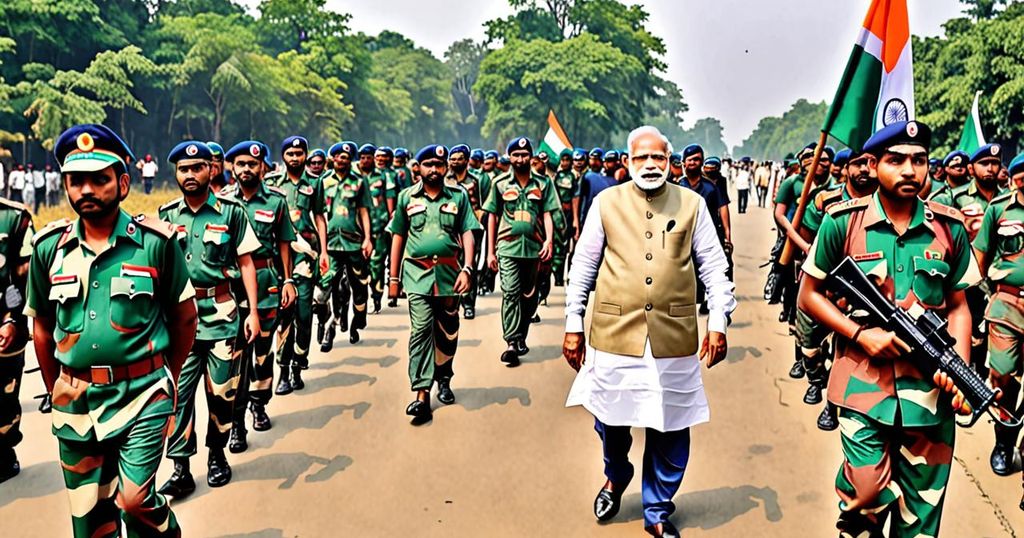Unprecedented Turmoil in Bangladesh: A Test for India’s Role in the Region
The abrupt resignation of long-standing Prime Minister Sheikh Hasina of Bangladesh has generated a state of uncertainty and unrest in the country. Her sudden departure and subsequent flight to India have underscored the close relationship between the two nations, prompting inquiries into India’s role in resolving the crisis.
With a population of 170 million, Bangladesh experienced a surge of anti-government protests stemming from a demonstration by students against civil service quotas. The situation quickly escalated into violent clashes, resulting in the deaths of at least 280 people in confrontations between law enforcement and protesters.
Prime Minister Hasina made two consecutive visits to India, emphasizing the warmth of the relationship between the two leaders. During a joint news conference, Indian Prime Minister Narendra Modi underscored the significance of Hasina’s visit, highlighting the fundamental importance of the diplomatic ties between India and Bangladesh.
The historical complexity of the relationship between India and Bangladesh is evident in intertwined border, linguistic, economic, and cultural connections. Both countries engage in bilateral trade amounting to roughly $16 billion, with India serving as Bangladesh’s primary export destination in Asia.
However, the relationship is not without its challenges. Differences have surfaced over matters such as Bangladesh’s growing association with China, border security, migration issues, and the discomfort felt by some Bangladeshi officials towards the Hindu nationalist politics of Prime Minister Modi.
Following Hasina’s resignation, Bangladesh’s army chief, Waker-uz-Zaman, announced plans for an interim government and initiated discussions with opposition parties. Meanwhile, India has labeled the protests as an “internal matter” of Bangladesh, prompting discussions on whether India can and should play a more active role in the ongoing developments.
Notable foreign policy expert, Happymon Jacob, has proposed a hands-off approach for India, suggesting that the situation in Bangladesh is a matter for the country to resolve internally. Similarly, Michael Kugelman of the Wilson Center, an American think-tank, has speculated that India may engage with the Bangladeshi military to communicate its apprehensions and seek assurances that its interests will be considered in any interim government.
Sheikh Hasina’s sudden departure from office represents a significant shift in the political landscape of Bangladesh. As the world’s longest-serving female head of government, she presided over a period of marked economic growth and improved living standards in the region. However, her tenure was marred by allegations of human rights violations and political oppression, which were repeatedly denied by her and her party.
Some elements of anti-India sentiment in Bangladesh have been fueled by India’s support for Hasina’s government, with critics perceiving it as an intrusion into domestic affairs. Historical grievances and accusations of overreach contribute to negative perceptions of India’s involvement in Bangladesh’s political affairs.
At this critical juncture, all eyes are on India as a key regional player that could influence the outcome of the unfolding crisis. The questions that remain are whether India will take a proactive stance in defusing the crisis and how its actions may impact the future of Bangladeshi politics and bilateral relations. The situation presents a test for India’s strategic diplomacy and its role as a stabilizing force in the region.








Post Comment